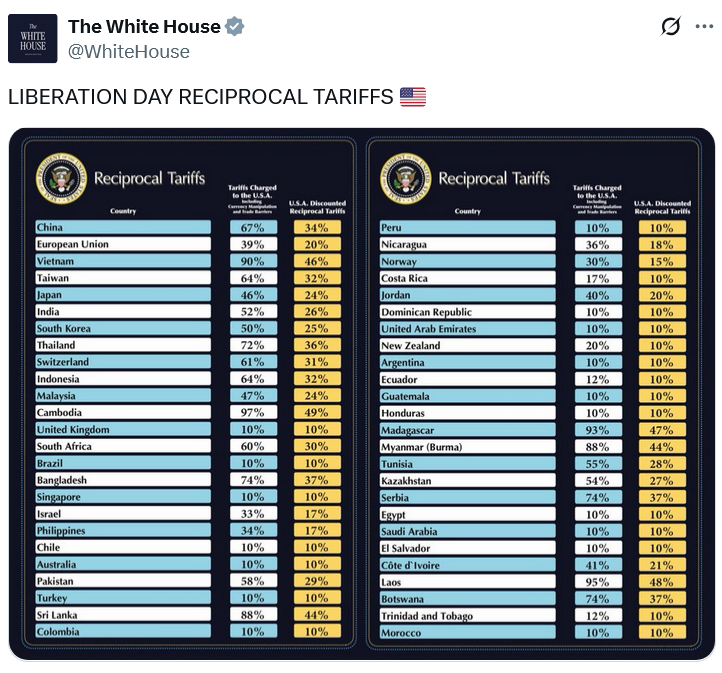Case Study 1 – The Russian Invasion of Ukraine
In early 2024, the Russians, led by the Wagner Group mercenaries, thought that the territory around Donetsk, Ukraine, would be easily overwhelmed. Most of the area had been under Russian control since the beginning of the war. The city faced non-stop attacks from the air and the ground. The whole city was on fire. It looked hopeless for the Ukrainians.
Instead of giving up, the Ukrainians courageously countered the Russian arrogance by reinforcing their overconfidence. The Ukrainians created fake military positions with cardboard, logs, and automobile parts. Electric heating pads were added to simulate engine heat inside the fake cars. They vacated some of their forward positions to give the Russians the sense that they were falling back. Russian drones surveilled the forward trenches. They broadcast scripted radio messages to make the Russians believe they had won.
At first, the Russians were overjoyed and beside themselves. They were livestreaming themselves parading through the former Ukrainian trenches. They had won!

However, the Ukrainians had their drones and knew the territory well. They knew when the Russians arrived and their exact locations. Suddenly, hellfire rained down on the victorious Russians. The first salvos hit Russian tanks and troop carriers. The Russian communications system collapsed. One Russian soldier wrote later, “It was like the ground turned against us. We were being hit from everywhere. And we didn’t even know who was firing.”
Russia still controls the Donetsk region. However, as in the American Revolution, losing every battle against a superior foe does not mean a country is failing. The Americans lost almost every battle against the British, but in the long run, they won the war. The goal for the Americans in the Revolution was to confuse and demoralize the British. Our revolutionaries wanted to rid themselves of a foreign occupier.
The Ukrainians are doing the same thing. They want to confuse and befuddle Russia. They want to demoralize Russia and make it withdraw as the USSR did in Afghanistan after a nine-year occupation.
Case Study 2 – The Deregulation of the Financial Markets
At the beginning of George W. Bush’s presidency, the Gramm-Leach-Bliley Act was passed, which dramatically deregulated financial services in the USA and validated a new financial mechanism called derivatives. Derivatives do not transfer assets, so a buyer usually does not own or know about the underlying asset.
The greed and arrogance of financial hucksters and naïve investors created bubble-inflated housing prices. Mortgages were so easy to acquire that unqualified investors (e.g., waitresses without financial experience) were buying three and four houses.
In the spring of 2008, the financial markets recognized the folly and complacency inherent in financial deregulation. The financial markets experienced a collapse not seen since the Great Depression. During this financial debacle, many Libertarians and deregulation advocates blamed the naïve investors. They argued that “those people should make their mortgage payments.” However, history shows that human nature, being what it is, needs a modicum of regulation. Before securing a loan, the loanee must have proven resources to make the loan payments.
Abstract mortgage derivatives made the 2008 crisis worse. Complacent investors bought and sold these derivatives without knowing exactly what they were.
Case Study 3 – Trump Tariff War
The current U.S. tariff rate is about 22.5%, the highest since 1909. It is even higher than the rates imposed by Herbert Hoover and the Smoot-Hawley Tariff Act in 1929. The Smoot-Hawley Tariff and the associated economic disruption led to a 66% decrease in U.S. imports, a 61% decrease in exports, a fall in the US gross national product from $103 billion to $76 billion, and the Great Depression.
I marvel at the complacency and confidence of many of today’s financial “experts” regarding the US economy. They seem to think the economy is entirely immune to internal and external disturbances, like a trade war. After Trump blinked and paused or rolled back many tariffs, the financial markets bounced back almost immediately.

Some economic leaders have the temerity of countering Trump’s commitment to the tariff war. JP Morgan CEO Jamie Dimon warns of “pretty significant” adverse impacts. Walmart has warned of empty shelves, price increases, and job layoffs. Democrats have roundly cautioned about the disastrous results of the war. Even Republican Senators Mitch McConnell and Rand Paul have spoken out against the Trump tariffs. Other political leaders have called for reducing specific tariffs for special constituencies.
The history of this trade war is incomplete, and I am not sure what will happen. However, history shows that trade wars are a cancer on economic prosperity. America still has abnormally high tariffs. Is America arrogant, complacent, or both? I do not think most people believe a tariff war is the smart thing to do.

